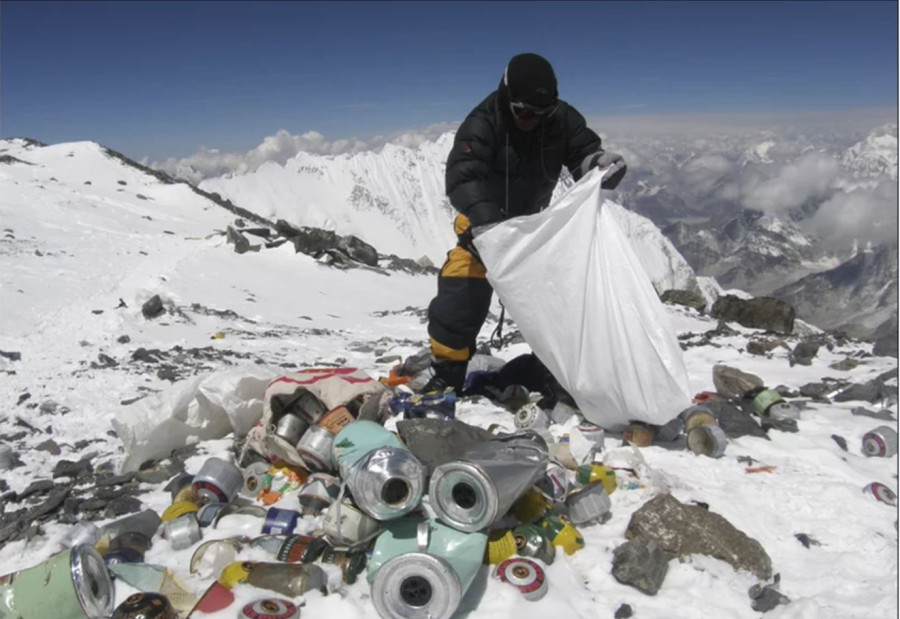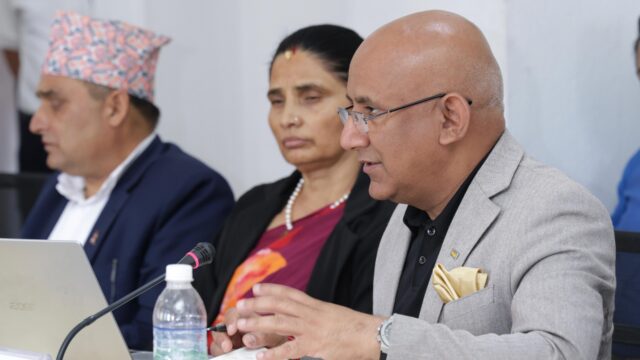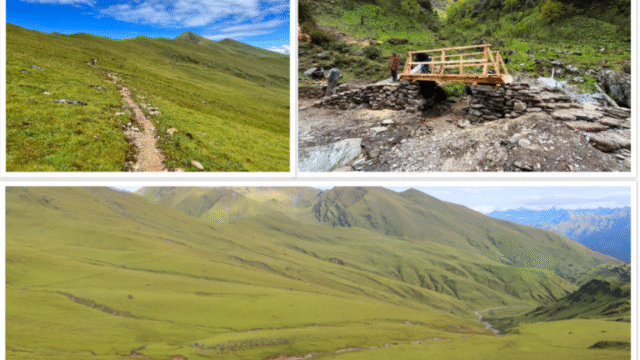Nepal Army’s annual Everest Clean-Up Campaign, which has been conducted in coordination with the Ministry of Forests and Environment, has been halted this year due to a lack of budget allocation. Despite the climbing season already beginning, there has been no preparation for the clean-up effort, raising concerns among environmentalists and mountaineers. Normally, during the climbing season, Sherpas are engaged in both route preparation and waste collection, but this year, the focus has remained solely on preparing climbing routes, with no initiatives in place for collecting and removing waste from the mountain.
According to Nepal Army spokesperson Gaurav Kumar KC, the government did not allocate a budget for this year’s clean-up, making the future of the campaign uncertain. In previous years, the government had allocated at least NPR 800 million (8 crores) for Everest clean-up, which was supplemented by contributions from donor agencies and other stakeholders. This funding enabled the collection of waste left behind by climbers, including oxygen cylinders, plastic waste, abandoned tents, and even frozen human remains that had resurfaced due to reduced snowfall.
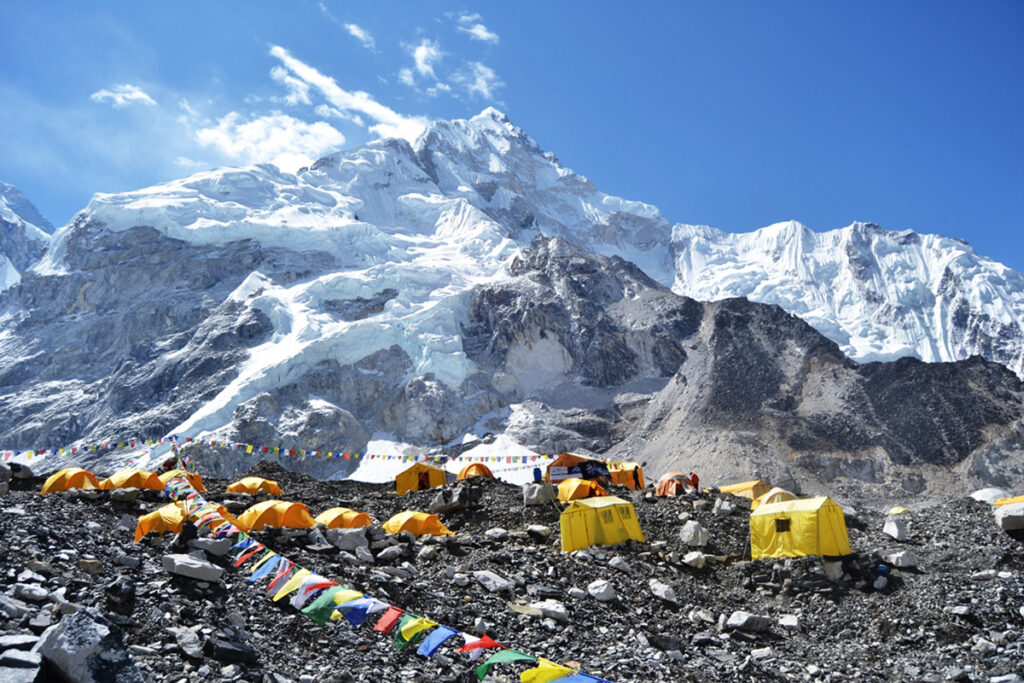
However, this year, due to budget cuts from the Ministry of Forests and Environment, no funds were made available for the campaign, effectively putting it on hold. Ministry spokesperson Shiv Kumar Wagle explained that cleaning Everest is an extremely expensive process, and as the costs of logistics, manpower, and waste management have increased, the budget available for such efforts has decreased, making it difficult to sustain the initiative.
The Supreme Court of Nepal had recently issued a directive stating that sufficient investment must be made for waste management and corpse removal on Everest, as part of a larger environmental protection effort. The court ruled that funds generated from mountaineering royalties should be distributed between the federal, provincial, and local governments and used to fund Everest’s clean-up.

The ruling highlighted that Everest, as a national treasure and a major source of Nepal’s tourism revenue, must be preserved for future generations. It also emphasized that excessive and unregulated mountaineering permits contribute to the degradation of the mountain’s environment. The court’s decision suggested that if the number of climbers continues to increase without proper waste management, it could lead to long-term environmental damage, making Everest less accessible and more dangerous for future climbers.
The issue of waste accumulation on Everest has become a growing concern over the years. Reports suggest that from 1982 to 2024, an estimated 2,200 to 2,760 tons of waste has accumulated on Everest. Despite repeated clean-up campaigns, over 1,760 tons of waste remain on the mountain, requiring an estimated NPR 6.62 billion for complete removal. The Nepal Army, which has been leading the clean-up efforts since 2019, has successfully removed 116.86 tons of waste and nine frozen bodies in recent years.

However, at the current pace, it could take up to 90 years to completely remove the waste. Additionally, approximately 300 to 400 dead bodies are still buried under the ice, and retrieving them would cost around NPR 300-400 million, according to government estimates.
Climbers and environmentalists have expressed serious concerns about the growing waste crisis on Everest. Bangladeshi climber Babar Ali, who summited Everest in 2024, reported seeing massive amounts of garbage at Camps 3 and 4, including torn tents, plastic debris, discarded oxygen cylinders, and other waste scattered across the high-altitude camps. He also noted that decreasing snowfall due to climate change has been exposing the frozen bodies of climbers who died on the mountain decades ago.

Similarly, Anil Luintel, a climber who has summited Everest from both the Nepal and China sides, highlighted the stark difference in environmental management between the two routes. He observed that while the Chinese side of Everest is relatively clean and well-regulated, the Nepalese side is littered with abandoned climbing gear, plastic waste, and unclaimed bodies. Environmental experts and mountaineering professionals have suggested that the Nepalese government take stricter measures to regulate waste management on Everest.
Some have proposed enforcing stricter policies requiring climbers to bring back all their waste, while others have recommended increasing deposit fees for climbers, with the collected funds being used for waste management. Another suggested approach is temporarily suspending Everest expeditions for a season or two to focus solely on waste removal.
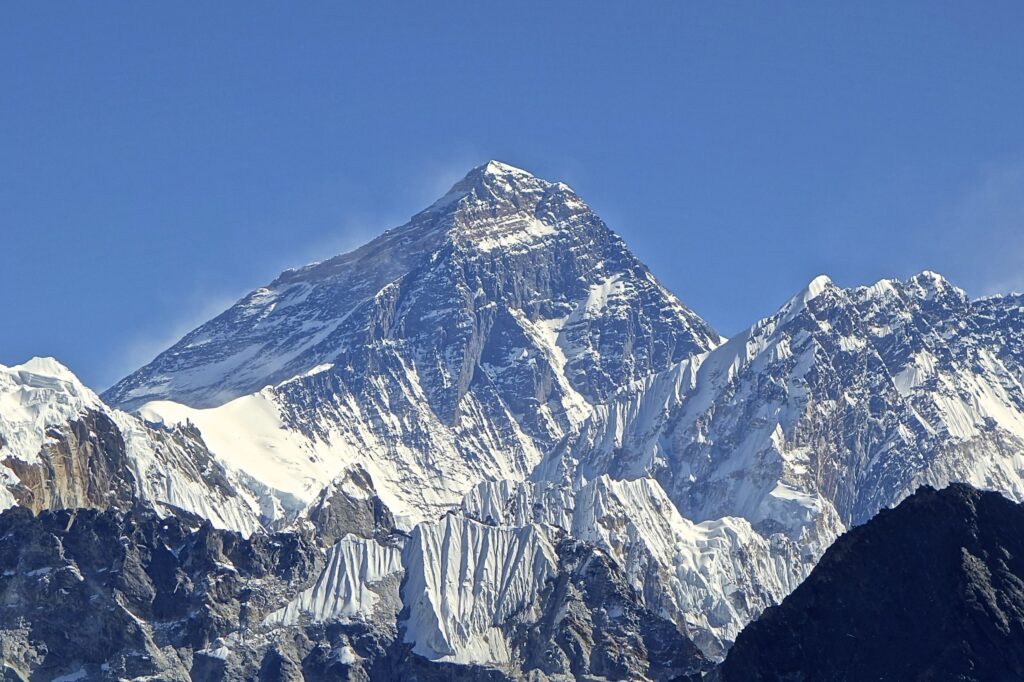
However, such measures would have financial implications, as Nepal relies heavily on revenue from Everest climbing permits. Nevertheless, experts warn that without immediate intervention, the environmental crisis on Everest will only worsen, making it a less attractive destination for future climbers. Despite the suspension of the clean-up campaign, the Nepal Tourism Board (NTB) is currently discussing an alternative plan to allocate NPR 275 million for waste removal this year.
However, stakeholders argue that action has already been delayed, and the lack of coordination among government agencies is a major setback. Some experts believe that a comprehensive long-term waste management policy must be implemented, rather than relying on periodic clean-up efforts. The situation calls for urgent attention from the Nepalese government, as the degradation of Everest’s environment not only threatens the safety of climbers but also impacts Nepal’s global reputation as a premier mountaineering destination.
